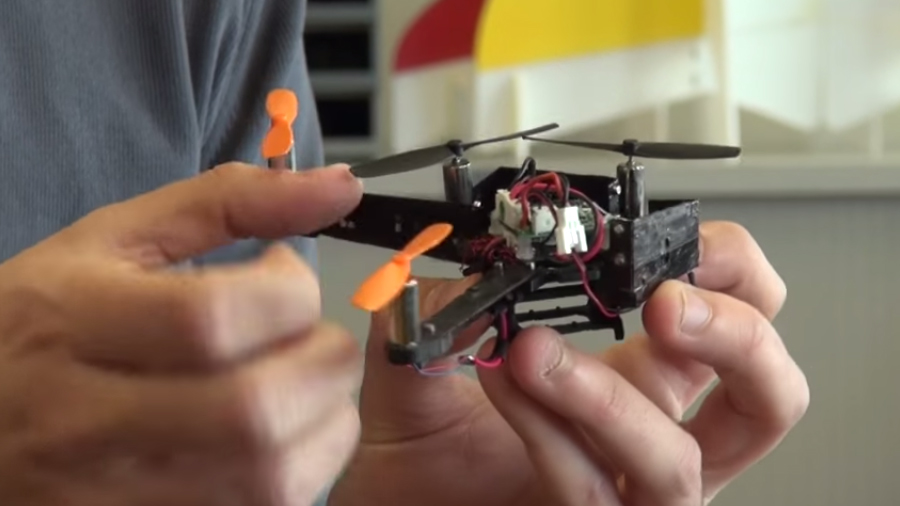How scientists plan to 'grow' drones of the future in a lab
In a soggy variation on 3D printing

It takes years to build a drone using conventional manufacturing techniques. From the initial mining of materials to the maiden flight is a long, complicated path with countless industrial processes involved.
That's why 3D printing has been such a revolution. It dramatically shortens and simplifies the manufacturing process. Even if it can't be used for all the parts of an object, the technique offers major benefits.
Now, however, a professor at Glasgow University is taking the concept a step further. Lee Cronin is working with arms manufacturing firm BAE Systems to develop a "chemputer" that he claims will be able to "grow" small unmanned vehicles in a laboratory.
BAE Systems hasn't give much in the way of detail, except to say that 3D printing techniques would still be required to physically make the parts for the machine and the chemputer would simply speed up the chemical reactions involved at a molecular level.
It's thought that this could shorten the amount of time it takes to make a bespoke drone from years to weeks.
Here's a slightly terrifying animation that BAE put together about how everything would work.
Very Challenging
BAE Systems said in a press release that such drones would be able to fly at speeds and altitudes that would allow them to outpace missiles, and also take part in rapid response missions. The same technology could also be used to make parts for larger vehicles.
Get daily insight, inspiration and deals in your inbox
Sign up for breaking news, reviews, opinion, top tech deals, and more.
"This is a very exciting time in the development of chemistry," said Cronin. "We have been developing routes to digitize synthetic and materials chemistry and at some point in the future hope to assemble complex objects in a machine from the bottom up, or with minimal human assistance."
He added: "Creating small aircraft would be very challenging but I'm confident that creative thinking and convergent digital technologies will eventually lead to the digital programming of complex chemical and material systems."
- Duncan Geere is TechRadar's science writer. Every day he finds the most interesting science news and explains why you should care. You can read more of his stories here, and you can find him on Twitter under the handle @duncangeere.
